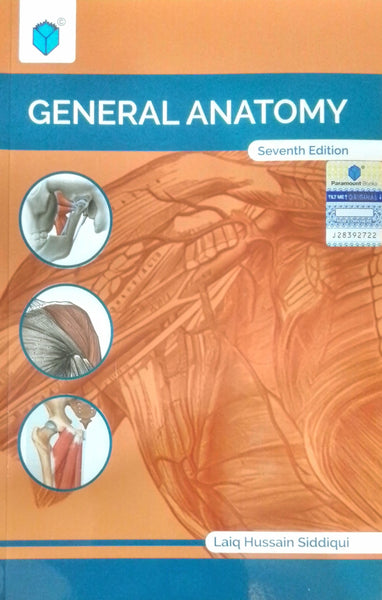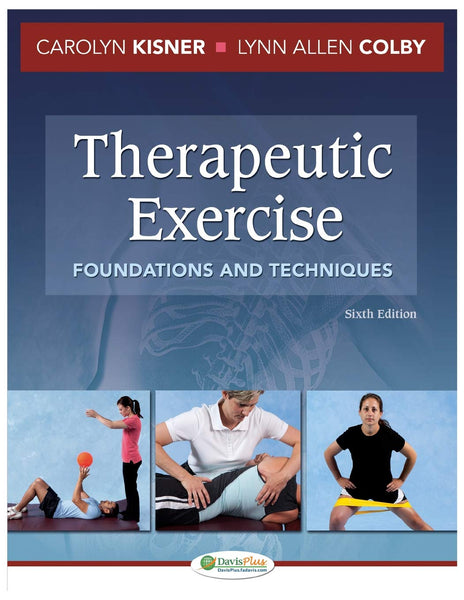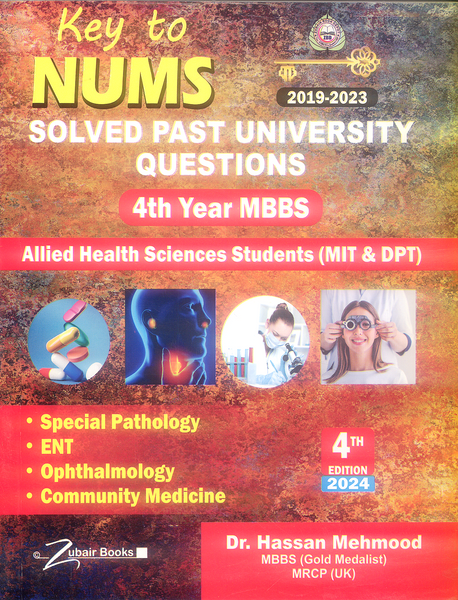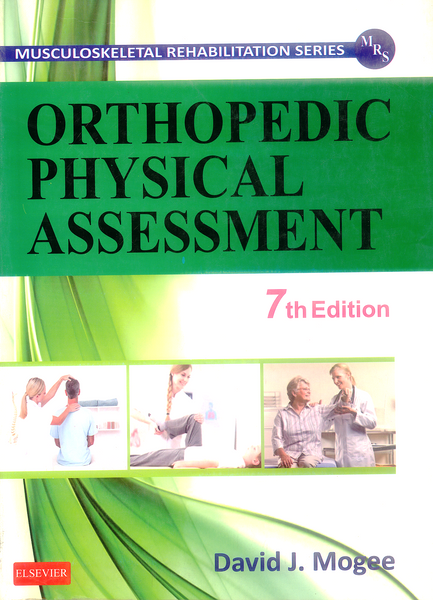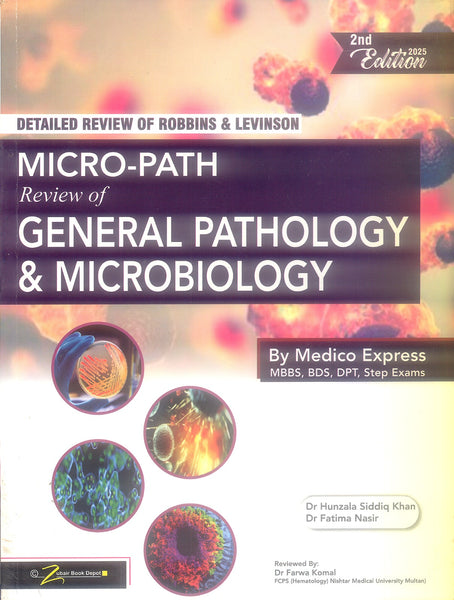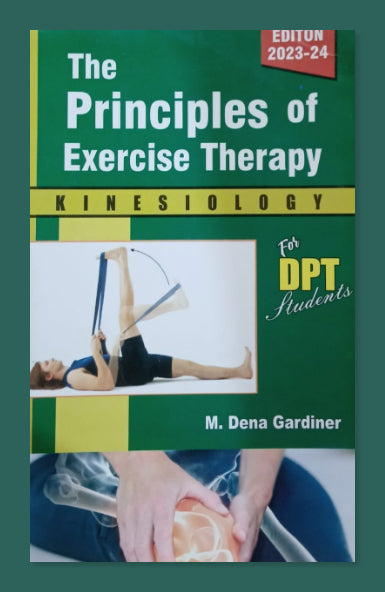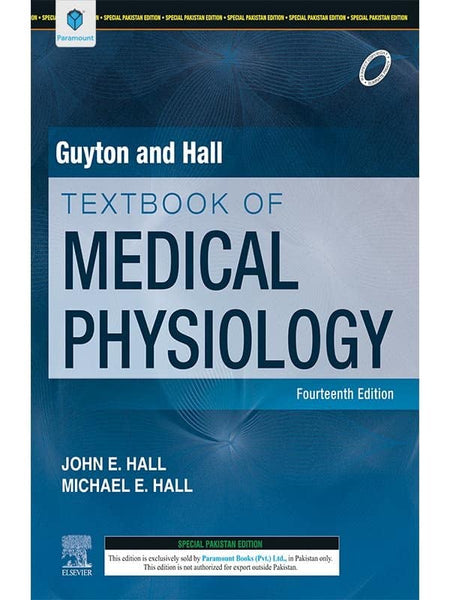Sports Rehabilitation and Injury Prevention For DPT by Paul Comfort
- Publisher: MEDICAL BOOKS
- Availability: In Stock
- SKU: 30238
- Number of Pages: 528
Rs.450.00
Rs.495.00
Tags: 2025 , 2025-2026 , athletic training , best books , Best Price , Best Selling Books , clinical exercise physiology , clinical rehabilitation , DPT students , exercise physiology , exercise therapy , injury assessment , injury management , injury prevention , injury prevention for athletes , injury prevention in sports , injury prevention strategies , injury recovery , movement analysis , musculoskeletal health , musculoskeletal injuries , ONLINE BOOKS , Online Bookshop , physical rehabilitation programs , physical therapy education , physical therapy for athletes , physical therapy interventions , prevention of overuse injuries , rehabilitation exercises , rehabilitation for sports injuries , rehabilitation protocols , rehabilitation strategies , rehabilitation techniques , sports injuries , sports injury rehabilitation , sports medicine , sports performance , sports physical therapy , Sports rehabilitation , Sports Rehabilitation and Injury Prevention , sports science , sports therapy , strength and conditioning
Sports Rehabilitation and Injury Prevention for DPT Students by Paul Comfort and Earle Abrahamson is a comprehensive guide designed specifically for Doctor of Physical Therapy (DPT) students who are preparing to treat sports-related injuries. This book offers a detailed approach to the rehabilitation process and the prevention of injuries in athletes and active individuals. It covers a wide range of topics, including injury mechanisms, evaluation techniques, rehabilitation exercises, and strategies to enhance recovery and prevent future injuries. Written by experts in sports rehabilitation, this resource equips students with the knowledge and practical tools needed to design and implement effective rehabilitation programs tailored to individual needs.
Keypoints:
-
Comprehensive Approach to Rehabilitation:
Focuses on providing a holistic approach to sports injury rehabilitation, addressing physical, psychological, and functional recovery. -
Injury Mechanisms and Assessment:
Discusses common sports injuries, their mechanisms, and techniques for thorough evaluation and assessment of athletes. -
Rehabilitation Strategies and Techniques:
Offers practical exercises, rehabilitation programs, and therapeutic interventions designed to restore strength, flexibility, and function. -
Preventive Measures:
Emphasizes injury prevention strategies, including proper warm-up, stretching, and conditioning techniques to reduce the risk of injury. -
Return-to-Play Protocols:
Guides students on how to assess an athlete's readiness to return to play, ensuring a safe transition back to full activity levels. -
Evidence-Based Practices:
Provides evidence-based approaches for rehabilitation, ensuring that interventions are grounded in current research and best practices. -
Sports-Specific Rehabilitation:
Highlights sport-specific injury prevention and rehabilitation protocols for different types of athletes, from recreational to professional. -
Collaborative Care:
Stresses the importance of working as part of an interdisciplinary team, collaborating with coaches, trainers, and physicians for optimal recovery. -
Functional Rehabilitation:
Focuses on restoring functional capacity and enhancing performance through tailored rehabilitation exercises and techniques. -
Psychological Considerations in Rehab:
Addresses the psychological aspects of rehabilitation, emphasizing the role of mental readiness and motivation in an athlete's recovery process.
Conclusion:
Sports Rehabilitation and Injury Prevention for DPT Students is an essential resource that combines theoretical knowledge with practical techniques to help DPT students understand and manage sports injuries. By focusing on both rehabilitation and prevention, the book prepares students to deliver effective care, enhance performance, and reduce the likelihood of future injuries, ultimately contributing to better long-term outcomes for athletes.
════ ⋆★⋆ ═══
Writer ✤ Paul Comfort, Earle Abrahamson



